Fortalecimiento de la fuerza laboral rural en salud: experiencia UNINAVARRA frente a la escasez médica
Resumen
Las zonas rurales y remotas de Colombia enfrentan una marcada escasez de médicos, lo que limita el acceso a servicios de salud esenciales. Las facultades de medicina desempeñan un papel clave en la formación de profesionales comprometidos con las comunidades desatendidas. El propósito de este estudio fue describir la contribución de la Fundación Universitaria Navarra (UNINAVARRA) al sistema de salud colombiano mediante la graduación y vinculación laboral de médicos, especialmente en áreas rurales. Se realizó un análisis descriptivo de los egresados del programa de Medicina entre 2019 y 2025, considerando tasas de graduación, empleo, sector laboral, distribución geográfica, salario y satisfacción. En total, 464 médicos se graduaron en el periodo, con el mayor número en 2021. El 98% de los egresados se encontraba empleado, principalmente en servicios asistenciales (97%). La mayoría trabajaba en el Huila (65%), seguido de Caquetá (15%) y Tolima (6%), con presencia adicional en otras zonas rurales. Los hospitales públicos concentraron la mayor contratación. La satisfacción con la formación fue alta (92%). UNINAVARRA ha fortalecido significativamente el recurso médico en el sur de Colombia, demostrando el papel estratégico de las universidades regionales para reducir las desigualdades de la fuerza laboral en salud.
Descargas
Citas
Abelsen, B., Strasser, R., Heaney, D., Berggren, P., Sigurǒsson, S., Brandstorp, H.,Wakegijg, J., Forsiing, N., Moody-Corbett, P., Akearok, H. G., Mason, A., Savage, C., & Nicoll, P. (2020). Plan, recruit, retain: A framework for local healthcare organizations to achieve a stable remote rural workforce. Human Resources for Health, 18, 63. https://doi.org/10.1186/s12960-020-00502-x
Alrawahi, S., Sellgren, S. F., Altouby, S., Alwahaibi, N. & Brommels, M. (2020). The application of Herzberg’s two-factor theory of motivation to job satisfaction in clinical laboratories in Omani Hospitals. Heliyon, 6(9), e04829. https://doi.org/10.1016/j.heliyon.2020.e04829
Arredondo, K., Touchett, N. H., Khan, S., Vincenti, M., & Watts, V. B. (2022). Current programs and incentives to overcome rural physician shortages in the United States: A narrative review. Journal of General Internal Medicine, 38(3), S916–S22. https://doi.org/10.1007/s11606-023-08122-6
Asghari, S., Kirkland, M., Blackmore, J., Boyd, S., Farrell., A., Rourke, J., Aubrey-Bassler, K., Godwin, M., Oandasan, I., & Walczak, A. (2020). A Systematic review of reviews recruitment and retention of rural family physicians. Canadian Journal of Rural Medicine, 25(1), 20–30. https://doi.org/10.4103/CJRM.CJRM_4_19
Blackman, M. (2023). Executive moves: There’s no plan B for Cheshire County, CEO says. Health Leaders. https://www.healthleadersmedia.com/strategy/executive-moves-theres-no-plan-b-cheshire-county-ceo-says
Condon, A. (2023). States with most rural hospital closures. Beckers Hospital Review. https://www.beckershospitalreview.com/finance/states-with-the-most-rural-hospital-closures.html
Danish, A., Champagne, F., & Blais, R. (2020). Theoretical analysis of policies to improve the recruitment and retention of rural physicians. Australian Journal of Rural Health, 28(5), 427–433. https://doi.org/10.1111/ajr.12666
Gagnon, J., Breton, M., & Gaboury, I. (2024). Decision-maker roles in healthcare quality improvement projects: A scoping review. BMJ Open Quality, 13(1), e002522. https://doi.org/10.1136/bmjoq-2023-002522
Johnson, C., Bourgoin, D., Dupuis, J., Félix, J. M., LeBlanc, V., McLennan, D., & St-Louis, L. (2023). Exploration of how primary care models influence job satisfaction among primary care providers during the COVID-19 pandemic in New Brunswick: A descriptive and comparative study. BioMed Central Health Services Research, 23, 1–10. https://doi.org/10.1186/s12913-023-09211-2
Levins, H. (2024). Exploring the policies that are closing rural hospitals. Penn Davis Institute of Health Economics. https://ldi.upenn.edu/our-work/research-updates/exploring-the-policies-that-are-closing-rural-hospitals/
Falkner, H. (2023). Fact or fiction? 4 Assumptions about rural physician jobs. Jackson Physician Research. https://www.jacksonphysiciansearch.com/insights/fact-or-fiction-4-assumptions-about-rural-physician-jobs/
McGrail, M., Woolley, T., Pinidiyapathirage, J., Paton, K., Smith, D., Brumpton, K., & Teague, P. (2024). Exploring recent trends (2014–21) in preferencing and accepting Queensland medical internships in rural hospitals. BioMed Central Health Services Research, 24, 1-10. https://doi.org/10.1186/s12913-024-10683-z
Morris, G. (2023). Nearly a third of rural hospitals are at risk of closing: What it means for nurses. Nurse Journal. https://nursejournal.org/articles/rural-hospital-closures/
Murphy, N. (2024). Say goodbye to physician residency-and medical student-loan debt? American Medical Association. https://www.ama-assn.org/medical-residents/medical-residency-personal-finance/say-goodbye-physician-residency-and-medical
Nelson, H. (2024). Top rural health IT challenges for healthcare organizations. Techtarget. https://www.techtarget.com/searchhealthit/feature/Top-rural-health-IT-challenges-for-healthcare-organizations
Perez, C. (2021). U.S. rural healthcare shortage: A review of strategies in the U.S.,Canada, and Colombia. Georgia State University.https://doi.org/10.57709/23206423
Pollack, R. J. (2022). Caring for those who care for us: Three steps to address the workforce crisis. Journal of Healthcare Management, 67(5), 311-316. https://doi.org/10.1097/JHM-D-22-00155
Renjel, R. A., Ficalora, R., & Canaris, G. (2019). Internal medicine physician job satisfaction in rural Montana and Northern Wyoming- A qualitative analysis.Journal of Community Hospital Internal Medicine Perspectives,9(5) https://doi.org/10.1080/20009666.2019.1663590
Seathu Raman, S. S., McDonnell, A., & Beck, M. (2024). Hospital doctor turnover and retention: A systematic review and new research pathway. Journal of Health Organization and Management, 38(9), 45–71. https://doi.org/10.1108/JHOM-04-2023-0129
Shipman, A. S., Wendling, A., Jones, C. K., Kovar-Gough, I., Orlowski, M. J., & Phillips, J. (2019). The decline of rural medicine students: A growing gap in geographic diversity threatens the rural physician workforce. The Practice of Medicine, (38) 12. https://doi.org/10.1377/hlthaff.2019.00924
Southwick, R. (2024). For rural hospitals, mergers may be the key to survival, study finds. Chief Healthcare Executive. https://www.chiefhealthcareexecutive.com/view/for-rural-hospitals-mergers-may-be-key-to-survival-study-finds
Terregino, A. Carol., Byerley, J., Henderson, D. D., Friedman, E., Elks, L. M., Kirstein, J. L., Leep-Hunderfund, N. A., & Fancher, L. T. (2021). Cultivating the physician workforce: Recruiting, training, and retaining physicians to meet the needs of the population. Medical Teacher, (43) 52: S39-S48. https://doi.org/10.1080/0142159X.2021.1935832
Whitacre, B., Rhoades, C., & Davis, A. (2024). Rural hospitals service lines: Changes over time and impacts on profitability. Journal of Healthcare Management, 69(5): 350-367. http://doi.org/10.1097/JHM-D-24-00012
Woolley, T., Tarun, S. G., & Paton, K. (2021). Mid-career graduate practice outcomes of the James Cook University medical school: Key insights from the first 20 years. Rural and Remote Health, 21(4). https://doi.org/10.22605/RRH6642
Young, L., Peel, R., Belinda O’Sullivan, & Reeve, C. (2019). Building general practice training capacity in rural and remote Australia with underserved primary care services: A qualitative investigation. BioMed Central Health Services Research, 19 https://doi.org/10.1186/s12913-019-4078-1
Sánchez Sánchez, J. E., & Fernández Paradas, A. R. (2025). Análisis de Estrategias Didácticas Implementadas para el Desarrollo de Competencias Textuales en Estudiantes de Secundaria. Ciencia Y Reflexión, 4(2), 2384–2411. https://doi.org/10.70747/cr.v4i2.497
Alcántara , R. L. (2025). Acompañamiento Pedagógico Estrategia Colaborativa. Ciencia Latina Revista Científica Multidisciplinar, 9(3), 7881-7886. https://doi.org/10.37811/cl_rcm.v9i3.18412
Fernández Sánchez, D. (2022). El Impacto de las Intervenciones Basadas en la Atención Plena en la Reducción del Estrés en los Trabajadores de la Salud. Ciencia Y Reflexión, 1(1), 1–13. https://doi.org/10.70747/cr.v1i1.12
Chen Shih , J. (2025). Relación entre inteligencia emocional y rendimiento académico en estudiantes de nivel superior de Arequipa en la postpandemia . Ciencia Y Reflexión, 4(2), 648–667. https://doi.org/10.70747/cr.v4i2.299
Quelal Morejón , C. E., Rogel Calderón , A. S., Loaiza Dávila , L. E., & Maqueira Caraballo, G. D. L. C. (2025). Los juegos predeportivos: una alternativa para la inclusión de estudiantes con Trastorno del Espectro Autista (TEA) a la clase de Educación Física. Arandu UTIC, 12(2), 2169–2189. https://doi.org/10.69639/arandu.v12i2.1055
Guadalupe Beltrán , E. S., Palomeque Zambrano, J. Y., & Loor Avila, B. A. (2025). Desafíos de la Educación Superior en Contextos Híbridos: Análisis de las Prácticas Docentes en la Universidad Estatal de Milagro durante el Periodo Académico 2025. Revista Veritas De Difusão Científica, 6(2), 1259–1281. https://doi.org/10.61616/rvdc.v6i2.685
Lozano Flores, L. D. (2025). Gamificación en el aprendizaje de unidades de tiempo: el caso de Sims 4. Emergentes - Revista Científica, 5(2), 68–86. https://doi.org/10.60112/erc.v5.i1.373
Velásquez Torres, A. O., González Bautista, G., Neira Vera , M., & García Montañez , A. M. (2025). Formación Docente en la Resolución Pacífica de Conflictos: Diagnóstico de una Necesidad Curricular en Colombia. Estudios Y Perspectivas Revista Científica Y Académica , 5(2), 2936–2952. https://doi.org/10.61384/r.c.a.v5i2.1329
Duarte Gahona, Y. K. (2025). Aplicación de la Inteligencia Artificial en la Personalización del Aprendizaje para Estudiantes con Necesidades Educativas Especiales . Revista Científica De Salud Y Desarrollo Humano , 6(2), 33–53. https://doi.org/10.61368/r.s.d.h.v6i2.575
Derechos de autor 2025 Sandra Liliana Navarro-Parra , Issi Margarita Quinto-Herrera, Ninis Beatriz Yance-Restrepo, Yency Paola Avila, Elizabeth Sophia Perdomo Gaitán, Jose Daniel Charry

Esta obra está bajo licencia internacional Creative Commons Reconocimiento 4.0.










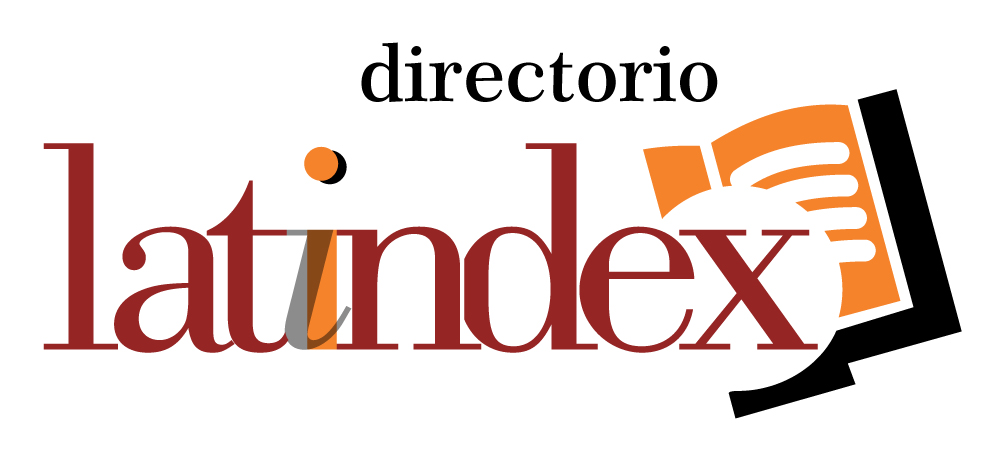
.png)
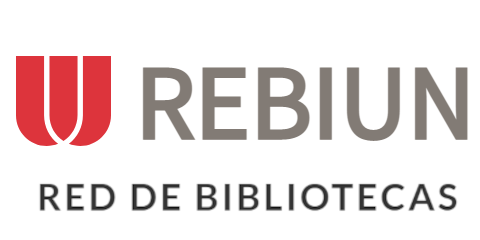







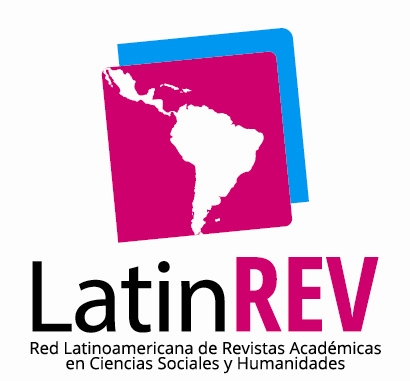

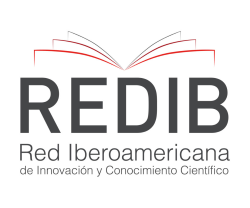


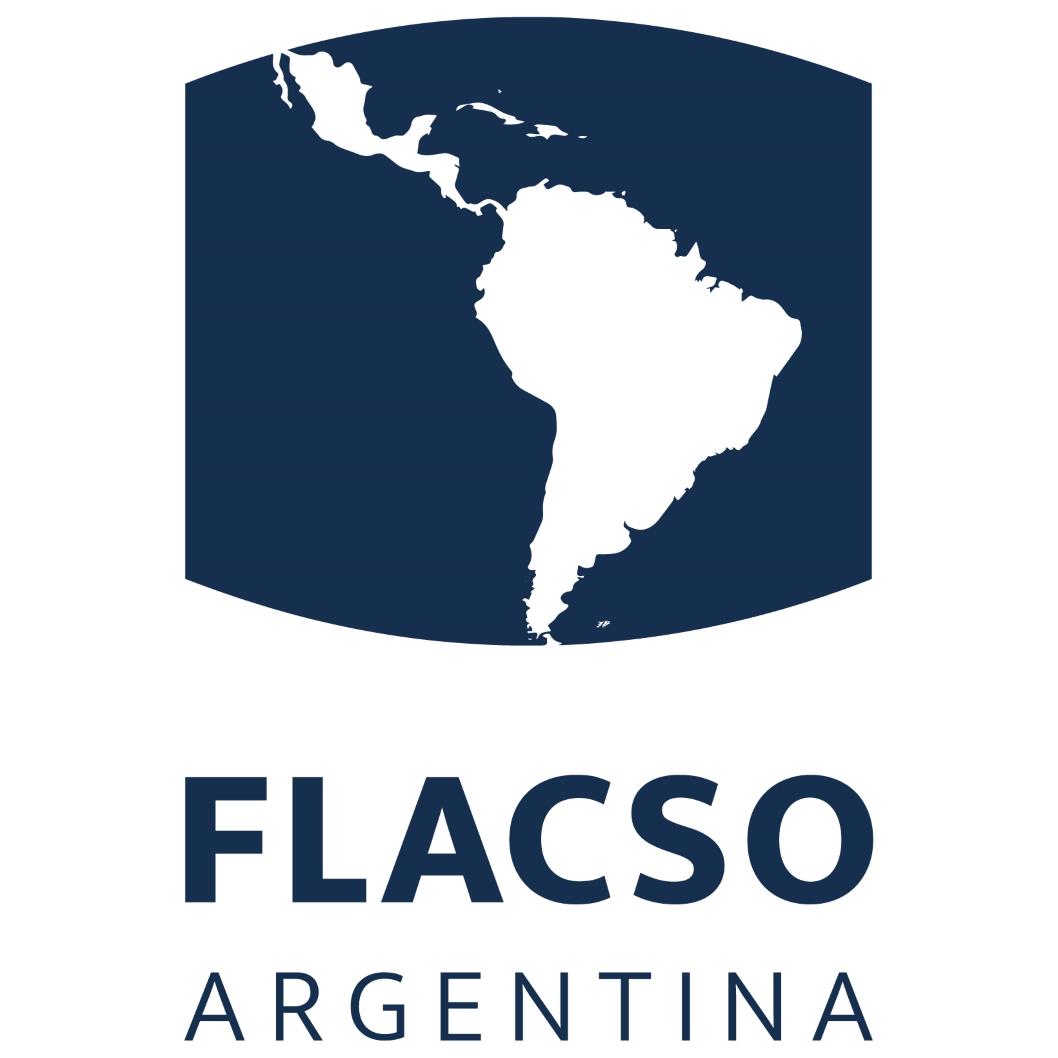






.png)
1.png)


